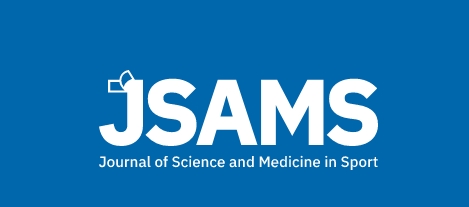Castagna C1, Impellizzeri FM3, Rampinini E3, D’Ottavio S2, Manzi V2
1, Scuola Regionale dello Sport delle Marche, Italian Olympic Commitee, Italy;2, School of Sport and Exercise Sciences, University of Rome Tor Vergata, Italy; 3, Human Performance Laboratory, S.S. MAPEI, Italy

The purpose of this study was to examine the physiological correlates of the Yo-Yo intermittent recovery test level 1 (Yo-Yo IR1) in basketball players. Twenty-two male basketball players (means+/-S.D., body mass 72.4+/-11.4kg, height 181.7+/-6.9cm, age 16.8+/-2.0 years) were tested for maximal oxygen uptake (VO2max), ventilatory threshold (VT) and running economy (RE) on a motorized treadmill. Lower limb explosive strength and anaerobic-capacity was assessed using vertical jumps (CMJ), 15m shuttle running sprint (15mSR) and line drill (LD), respectively. The same test battery was replicated after an experimental basketball game in order to assess selective effect of fatigue on physical performance. Pre to post-game CMJ (40.3+/-5.7 versus 39.9+/-5.9cm) and 15mSR (5.80+/-0.25 versus 5.77+/-0.22s) performances were not significantly different (p>0.05). LD performance decreased significantly post-game (from 26.7+/-1.3 to 27.7+/-2.7s, p<0.001). Yo-Yo IR1 performances (m) were significantly related to VO2max (r=0.77, p=0.0001), speed at VO2max (r=0.71, p=0.0001) and %VO2max at VT (r=-0.60, p=0.04). Yo-Yo IR1 performance was significantly correlated to post-game LD decrements (r=-0.52, p=0.02). These findings show that Yo-Yo IR1 may be considered as a valid basketball-specific test for the assessment of aerobic fitness and game-related endurance.
J Sci Med Sport. 2008 Apr;11(2):202-8. Epub 2007 Jun 15.
PMID: 17574917 DOI: 10.1016/j.jsams.2007.02.013